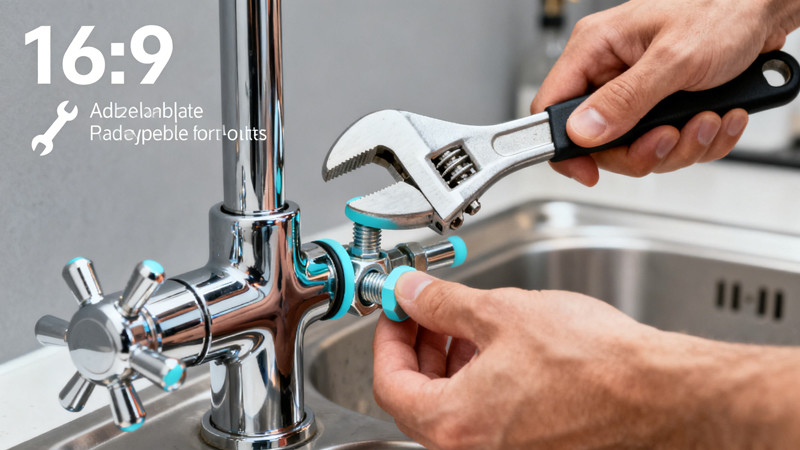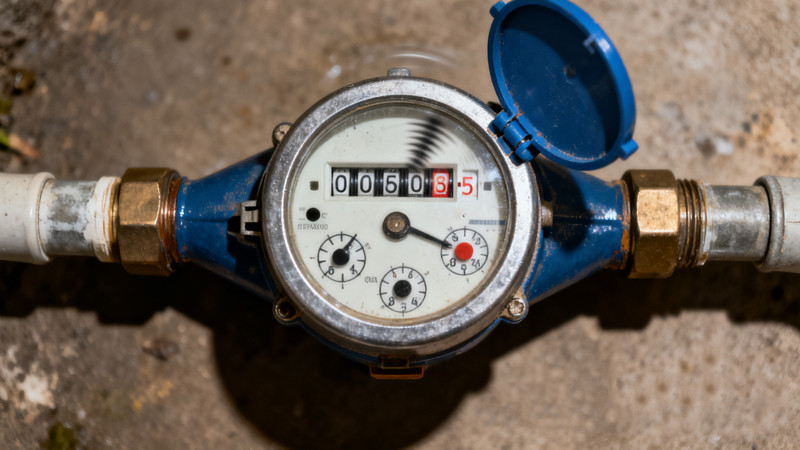
A faucet that wobbles, shifts, or leaks around its base is often suffering from one simple issue: unevenly tightened mounting bolts. These bolts, located beneath the sink, secure your faucet to the countertop or sink deck. When they loosen or fail to tighten evenly, the faucet becomes unstable and eventually leads to leaks, stress on supply lines, and long-term damage.
Fortunately, tightening faucet bolts evenly is a straightforward task—even for beginners. All you need is the right technique, a few inexpensive tools, and a methodical approach. This guide walks you step-by-step through how to tighten faucet bolts evenly, how to avoid overtightening, and how to ensure a long-lasting, secure installation.
Why Even Tightening Matters
- Faucet tilts to one side
- Base plate (escutcheon) lifts or shifts
- Water leaks underneath the faucet
- Premature wear on gaskets and seals
- Increased stress on supply lines
- Handle misalignment or restricted movement
Uneven tightening forces the faucet into an unnatural position, creating gaps where water can seep through and causing the fixture to loosen again over time. Even torque ensures all components sit flush and stable.
Tools You Will Need
- Basin wrench (recommended)
- Adjustable wrench or socket wrench
- Flashlight or headlamp
- Plumber’s putty or silicone (if needed)
- Towel or bucket (to protect cabinets)
- Optional: Torque wrench for precision tightening
Step-by-Step Guide: How to Tighten Faucet Bolts Evenly
1. Clear the Area and Turn Off the Water (Optional but Recommended)
While you don’t always need to turn off water to tighten faucet bolts, it’s safer—especially if adjusting the base affects supply line pressure.
- Shut off hot and cold valves under the sink.
- Clear under-sink storage to make room to work.
A flashlight or headlamp makes the job far easier.
2. Inspect the Faucet Base from Above
Before tightening anything, look at the faucet from above the sink:
- Is it centered?
- Is the escutcheon plate misaligned?
- Is the faucet leaning forward or sideways?
- Are there gaps around the base?
3. Locate the Mounting Bolts Beneath the Sink
Climb underneath the sink and identify the mounting hardware:
- Most faucets have two bolts, one on each side.
- Single-hole faucets may have one long mounting stud.
- Some models use bolt plates with two screws.
Check each bolt:
- Are they loose?
- Is one side tighter than the other?
- Are nuts, washers, or brackets out of place?
4. Begin Light Tightening on Both Bolts
Using your basin wrench or socket wrench:
- Turn each bolt 1–2 turns at a time.
- Alternate from left bolt to right bolt.
- Do NOT fully tighten one bolt before the other.
Why alternate tightening?
This keeps the faucet centered and ensures the gasket seals evenly instead of bunching.
5. Re-Check Faucet Alignment from Above
After every few turns:
- Stand up.
- Look at the faucet again.
- Ensure it has not shifted sideways or twisted.
If it begins to rotate:
- Stop.
- Hold the faucet body firmly in the correct position.
- Resume even tightening from below.
6. Apply Final Tightening (Without Over-Tightening)
Once the faucet feels stable:
- Give each bolt a final 1/4-turn.
- Ensure the gasket underneath is snug but not crushed.
Signs of overtightening:
- Base plate bending
- Rubber gaskets bulging
- Restricted handle movement
Special Scenarios and Tips
1. If the Bolts Keep Spinning
- Stripped threads
- Rusted washers
- Loose mounting bracket
2. If the Faucet Has a Plastic Mounting Nut
- Use hand tightening first.
- Apply minimal wrench pressure.
- Avoid high torque tools.
3. If the Faucet Still Feels Loose After Tightening
The gasket may be worn or misplaced. You may need to remove the faucet, clean the area, and reinstall with fresh plumber’s putty or silicone.
How to Keep Faucet Bolts Evenly Tightened Over Time
- Check bolts every 6–12 months.
- Avoid pulling or leaning on the faucet.
- Seal the base properly to prevent water intrusion.
- Use quality nuts, washers, and brackets.
- Tighten gently, not aggressively.
When to Call a Plumber
- Rusted or fused bolts
- Cracked sink surface
- Faucet still shifting after adjustments
- Water leaking during tightening
- Bolt access blocked by sink design
Final Thoughts
Tightening faucet bolts evenly is one of the simplest yet most important maintenance tasks. By alternating pressure, checking alignment, and avoiding overtightening, you can keep your faucet stable and leak-free for years. Most homeowners can complete the job in 15 minutes with basic tools—saving time, money, and unnecessary repairs.
 WOWOW Faucets
WOWOW Faucets





您好!Please sign in